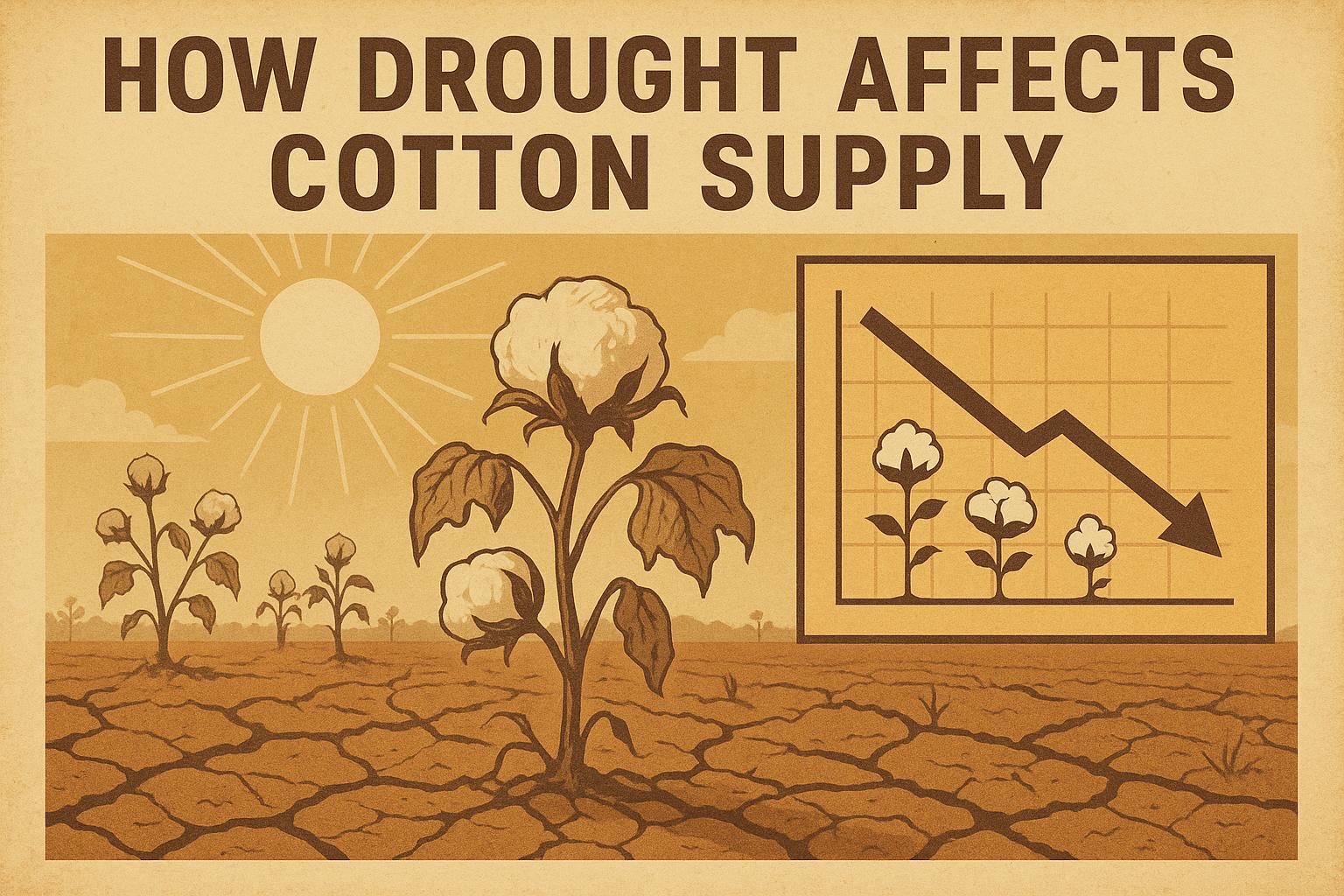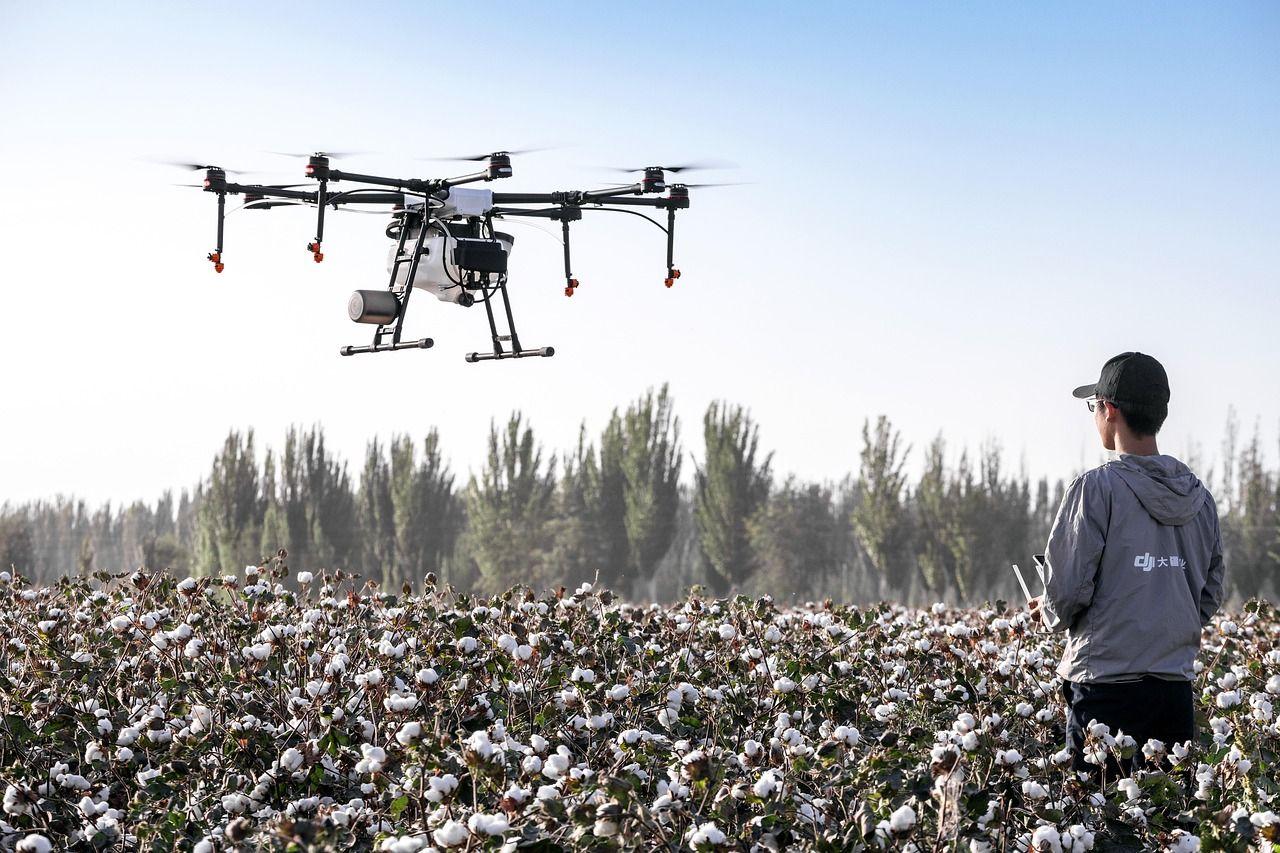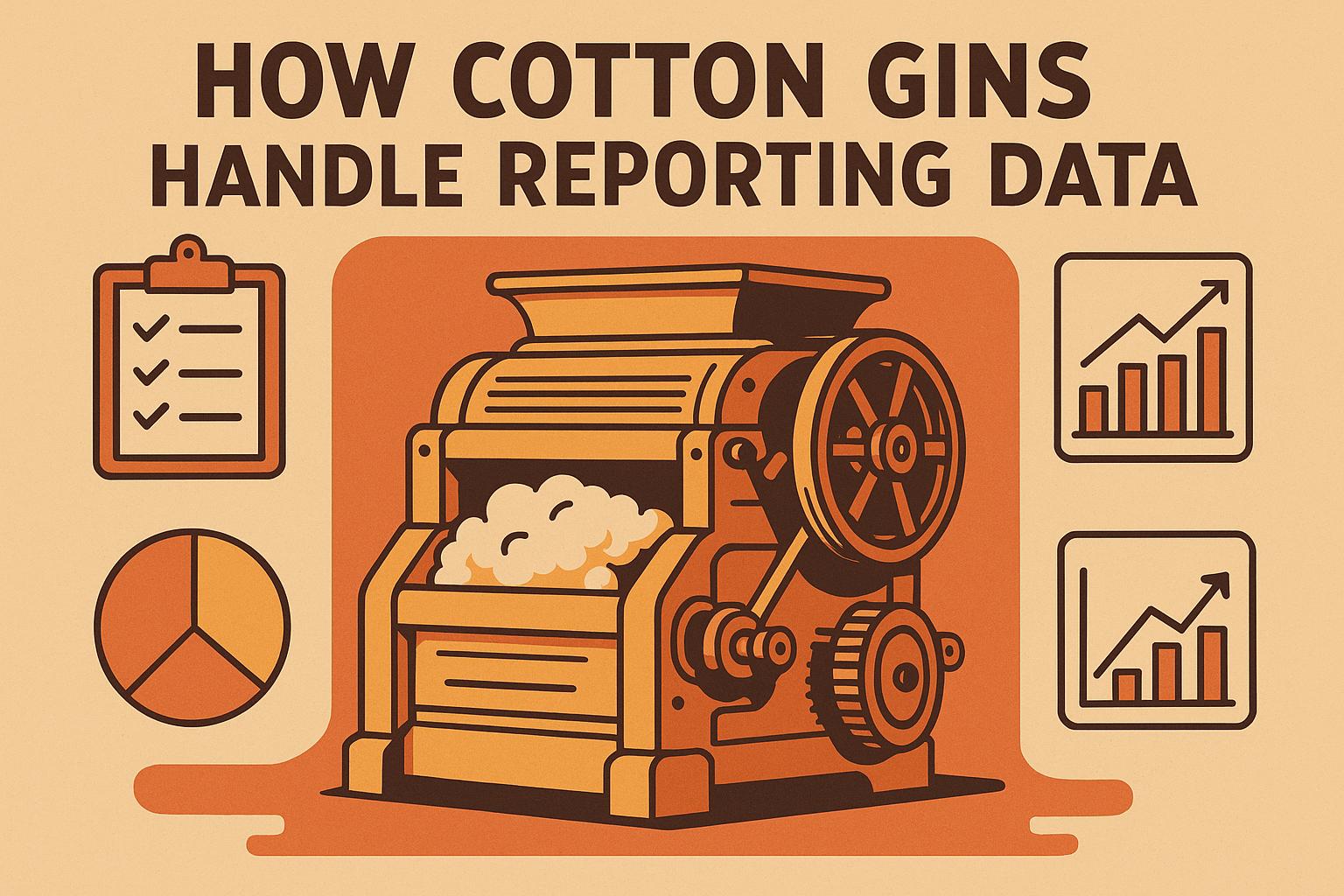Executive Summary (TL;DR)
- Precision cotton farming uses cutting-edge digital tools to optimize irrigation, pest control, and nutrient management for maximum yield and efficiency.
- Employing GPS-guided equipment, drone surveillance, and data analytics transforms cotton production into a science-driven process tailored to field variability.
- Integrating precision agriculture techniques reduces input costs, improves fiber quality, and supports sustainable cotton growing practices.
Related Post: For a deeper dive into the environmental benefits, see The Positive Environmental Role of Cotton Farming and Why It's Better Than Plastic Alternatives.
Understanding Precision Cotton Farming
Precision cotton farming represents the next evolution in cotton production, transforming traditional practices through the use of advanced technology and data analytics. At its core, it is about understanding and managing variability within fields to precisely apply water, nutrients, and crop protection products where and when they are needed most. This method contrasts sharply with uniform, blanket applications that waste resources and leave yield potential untapped.
For seasoned cotton farmers, precision farming offers a blend of agronomy and technology—leveraging tools such as GPS-guided tractors, variable rate applicators, soil moisture sensors, and remote sensing data from drones and satellites. The result is higher efficiency, reduced costs, and often, better cotton fiber quality.
Key Components of Precision Cotton Farming
1. GPS and GIS Technology
By integrating Global Positioning System (GPS) technology and Geographic Information Systems (GIS), cotton farmers can create detailed field maps showing soil types, nutrient levels, and historical yield data. These maps guide precise operations such as planting, fertilizing, and harvesting, ensuring optimal seed placement and input management.
2. Variable Rate Technology (VRT)
Variable rate technology allows farmers to apply water, fertilizers, and pesticides at site-specific rates rather than uniformly across fields. These adjustments are based on field data, helping to avoid over- or under-application, which can save money and reduce environmental impact.
3. Remote Sensing and Drone Monitoring
Use of drones equipped with multispectral and thermal sensors provides real-time imaging of crop health, moisture stress, and pest outbreaks. This approach allows for early detection of issues and targeted interventions, minimizing yield loss and reducing chemical use.
4. Soil and Plant Sensors
Installing soil moisture sensors and crop canopy sensors provides precise data to inform irrigation scheduling and nutrient application. Such sensors ensure crops receive the right amount of water and nutrients at each growth stage, which is critical for cotton given its sensitivity to moisture and nutrient fluctuations.
Practical Benefits for Cotton Growers
- Enhanced Water Efficiency: Precision irrigation scheduling based on sensor data optimizes water use, crucial in arid cotton-growing regions. Utilizing drip or pivot irrigation aligned with real-time soil moisture readings can significantly reduce water waste.
- Targeted Pest and Disease Management: Early identification of pest hotspots using drone imagery enables spot treatment with pesticides, reducing overall chemical application and costs while protecting beneficial insects.
- Improved Nutrient Management: Soil variability is accounted for in nutrient application, preventing excess fertilizer runoff and improving cotton lint quality by maintaining balanced nutrition.
- Yield Optimization: Fine-tuned planting densities, fertilizer doses, and irrigation help maximize cotton plant health and fiber yield per acre.
- Environmental Stewardship: Lower input use and reduced runoff minimize the environmental footprint of cotton farming, aligning with sustainable agriculture goals.
Implementing Precision Cotton Farming: Step-by-Step
-
Data Collection and Mapping
Start by gathering historical yield data, soil tests, and topographical maps. Use GPS equipment to map fields with high resolution. This baseline data identifies field variability and zones needing tailored management. -
Invest in Technology
Equip your farm with precision tools such as GPS-enabled tractors, VRT applicators, soil moisture probes, and drone services. Consider leasing drone survey services if investment upfront is a barrier. -
Develop Variable Rate Prescriptions
Based on collected data, work with agronomists or use software platforms to create variable rate fertilizer and pesticide application plans designed for each field zone. -
Monitor Continuously
Use next-gen monitoring systems, including drones and sensors, throughout the cotton growing season. Adjust irrigation, nutrition, or pest control strategies promptly based on real-time data. -
Analyze and Refine
Post-harvest, analyze yield outcomes versus input costs to refine precision farming prescriptions, improving recommendations for future seasons.
Overcoming Challenges in Precision Cotton Farming
While the benefits are compelling, adoption barriers include high initial investment costs, technology learning curves, and data management challenges. Seasoned growers can mitigate these by:
- Starting with incremental upgrades, for instance, adding GPS guidance to existing equipment before full VRT capability.
- Partnering with local extension services, ag tech providers, or consultants for training and ongoing support.
- Utilizing software platforms designed for cotton growers that simplify data integration and analysis.
Farmers emphasizing return on investment can document savings on water, fertilizer, and chemical usage against the costs of technology to build confidence for broader adoption.
Precision Cotton Farming Innovations on the Horizon
Emerging technologies promise to further revolutionize cotton production efficiency:
- Artificial Intelligence (AI) and Machine Learning: AI models can analyze multisource data to predict pest outbreaks, irrigation needs, and nutrient deficiencies before visible signs appear.
- Robotics and Automated Machinery: Autonomous cotton pickers and precision sprayers will reduce labor costs and improve timing accuracy.
- Genomic Data Integration: Linking crop genetic information with precision ag management could fine-tune inputs for specific cotton varieties, optimizing fiber quality and yield further.
- Blockchain for Supply Chain Transparency: Integration with blockchain could help farmers prove sustainable practices, opening premium markets.
Actionable Takeaways for Cotton Farmers
- Begin integrating precision farming incrementally for best cost-benefit. Start with GPS and soil moisture sensors before advancing to full variable rate systems.
- Invest in training and partnerships to lower technology barriers and maximize effectiveness.
- Use drone and remote sensing data actively to catch pest or stress problems early and spot-treat efficiently.
- Document cost savings and yield improvements to justify technology investments and refine future plans.
- Keep sustainability in focus—precision farming techniques align with environmental goals while enhancing profitability.
Precision cotton farming transforms conventional cotton acreage into a high-efficiency, data-driven enterprise. The blend of hardware, software, and agronomic knowledge empowers growers to get the most from every acre sustainably. For seasoned cotton farmers, adopting precision agriculture is both a competitive edge and a forward-looking pathway to resilience in a complex global market.


